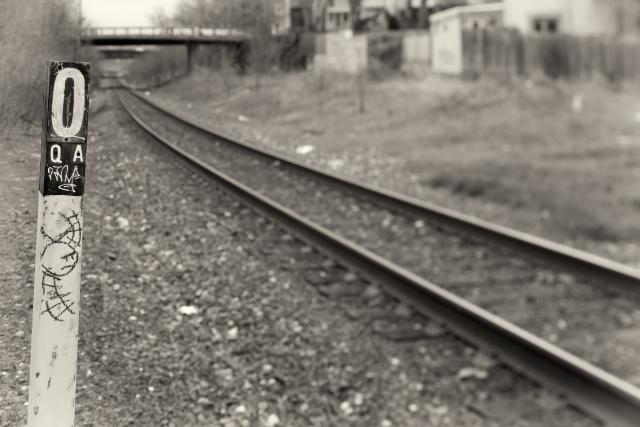Park Junction, Philadelphia, PA, 2010.
The southern end of the former Reading Railroad.
All the pixels at flickr.com/photos/mattblaze/44…
The Beginning of the Line
28 March 2010. Philadelphia, PA. At Milepost 0 (QA-0, technically) of the CSX Railroad's Trenton Line, near Fairmount Park, Philadelphia. The location is known by the railroad as "Park Junction". I really like this location.Flickr

Matt Blaze
in reply to Matt Blaze • • •The very selective focus here was achieved by tilting the lens. Normally, the plane of focus is parallel to the camera across the frame. Eg. if you focus 10 feet away, the sharpest focus is 10 feet away across every part of the frame.
But by tilting the lens relative to the sensor, the plane of focus becomes *diagonal* to the sensor plane. Here, this was used to put only one object (the mile marker on the left) in focus.
Matt Blaze
in reply to Matt Blaze • • •Matt Blaze
in reply to Matt Blaze • • •